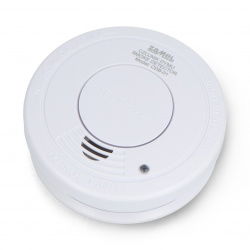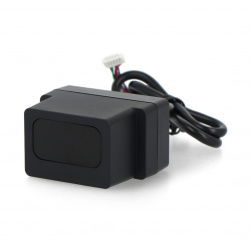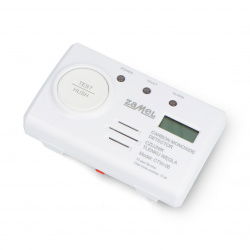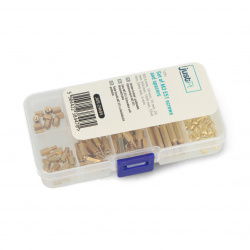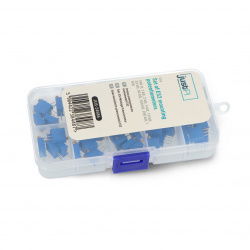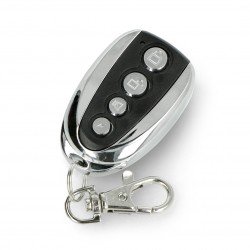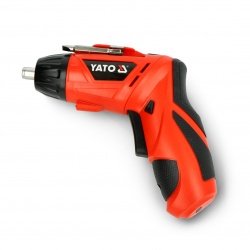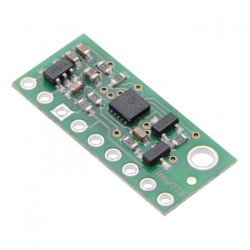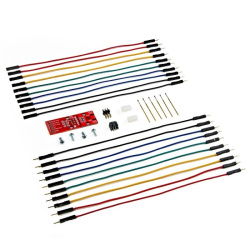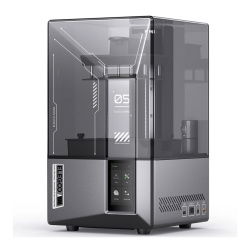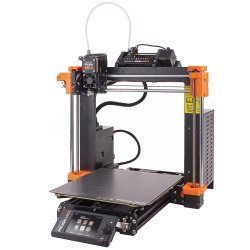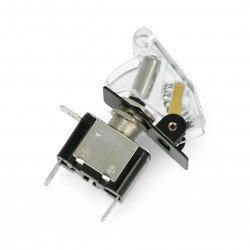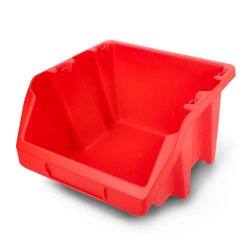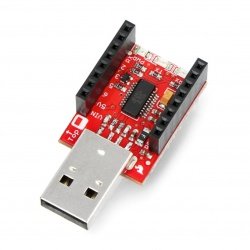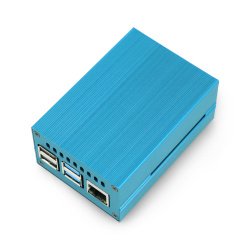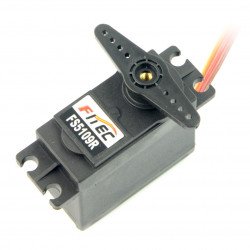The current flowing through a resistance causes a certain voltage drop: current times voltage is power - in this case, heat power, which is released at the resistor, heating it up. In general, this phenomenon is a nuisance for electronics engineers, because the heat has to be dissipated in a proper way. However, this phenomenon also has its uses - heating resistors. These elements act as small heaters. Strip resistors are easy to install in a device, because they are made on a self-adhesive backing.
Heating resistors
Think film power heater GBR-605/230/60-1 60W 880Ω
The adhered heating resistor with a power of 60 W. The size of the board is 51 x 13 x 1 mm.Think film power heater GBR-666/24/1 40W 14,4Ω
The adhered heating resistor with a power of 40 W. The size of the board is 38 x 25 x 1 mm.Universal heaters for many applications
Generally, heat is not very desirable in electronic devices, but there are situations where a simple heating resistor can solve many problems. These types of elements are often used to stabilize the temperature of precision electronic components, such as crystal oscillators or reference voltage sources. They operate at a stable temperature all the time.
Wide selection of resistances
A variety of heating resistors are available in our store. This type of resistance heaters are characterized by two parameters - resistance (electrical resistance) and maximum power. The electrical resistance of an object is a measure of its resistance to the flow of electric current. The inverse quantity is electrical conductivity and is the ease with which electric current passes. Electrical resistance has some conceptual similarities with the concept of mechanical friction. The SI unit of electrical resistance is ohm (Ω). If we divide the voltage given to the resistor by this parameter, we will calculate the current flowing through the resistor strip. Current times voltage is the power dissipated across it.
Different resistor powers
Our store offers strip resistors with different maximum electrical power. It defines the maximum heating power of a given element and at the same time the maximum power that can be safely lost on such a resistor. This affects the maximum voltage that can be applied to the heating resistor. Power (P) is equal to the square of the voltage (U) and the resistance (R) - P U2/R. for example, for a resistance of 2.4 Ω and a voltage of 12 V, the resistor will release 60 W of power.
Easy installation of heating resistors
Thanks to their compact dimensions - especially with a thickness of only 1 mm - strip resistors are ideal as heating resistors for applications that require a small size. Such resistors are ideal, for example, for heating the device housing or as heaters for 3D printer countertops.
Heating resistors - FAQ
A heating resistor is an electronic component that heats up during operation. The current that flows through the heating resistor heats it up. To put it very simply, heating resistors work like miniature radiators. Thanks to installation on a self-adhesive base, they are easy to assemble and dismantle, even in hard-to-reach places. Heating resistors differ in size, rated power, resistance, mounting method, operating voltage, and surface temperature.
Heating resistors, also called heating resistors, are elements used, among others, to stabilize the temperature of selected electronic components that have a low temperature tolerance. The heating resistor is used to stabilize the temperature of very precise electronic components in devices such as a crystal oscillator or in reference voltage sources. Thanks to heating resistors, the temperature is stable throughout the device's operation.






























































































































































































































































































































